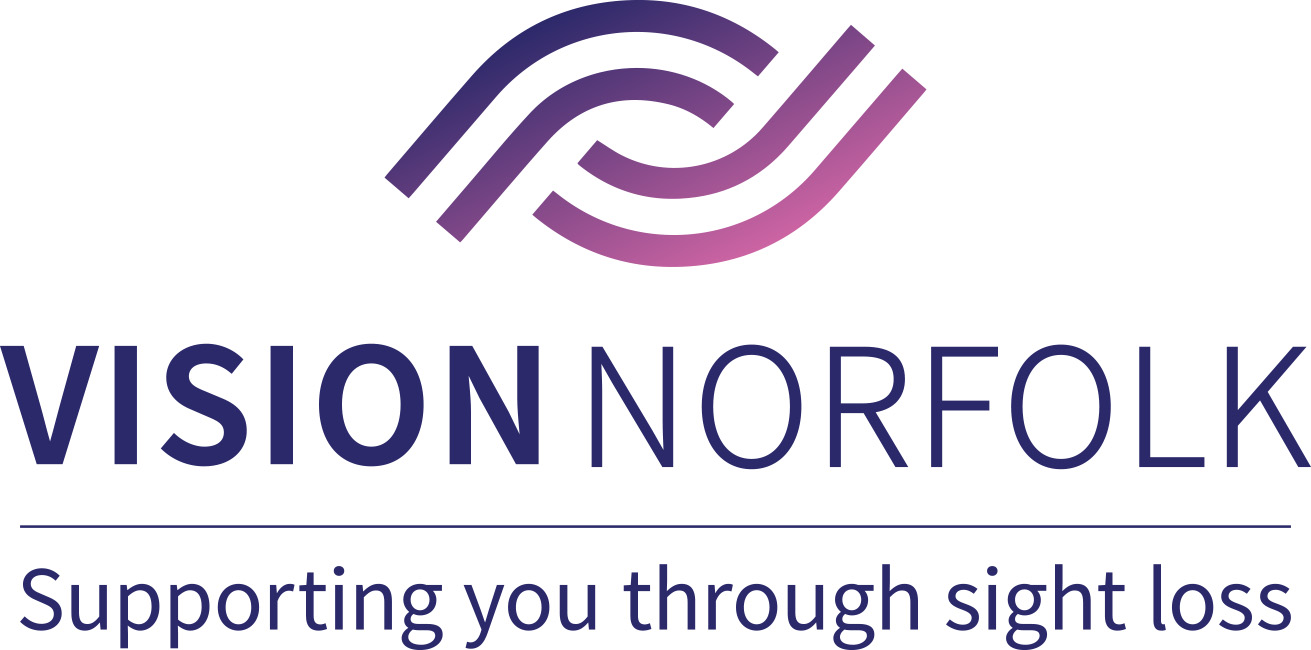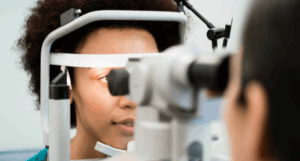On 24 July 2020, face coverings became mandatory in shops, shopping centres and supermarkets, along with public transport. From 8 August 2020, this will extend to a number of indoor settings such as museums, cinemas and public libraries to help prevent the spread of COVID-19. These measures are additional to frequent hand washing and social distancing.
Government guidance
The government has acknowledged that due to certain disabilities, some people will be unable to wear a face covering. Under the government guidance, those with ‘visual impairments, with a restricted field of vision, particularly if any residual vision is at the lower edge of the normal field of view,’ will be exempt.
Other exemptions include, not being able to put on, wear or remove a face covering because of a physical or mental illness or impairment, or disability and if putting on, wearing or removing a face covering will cause you severe distress.
Vision Norfolk guidance
Wearing a face covering can be unsettling and daunting, especially for a visually impaired person. At Vision Norfolk we want you to feel happy and confident to go out. Therefore we recommend practicing wearing different types of face coverings at home and in the garden, in order to see if you experience any issues when wearing one and to build up your confidence for when you want to go out. We suggest starting off for a short period of time on your first few visits and popping out to a well-known local place.
Face covering – types and top tips
When it comes to trying different types of face coverings, you can experiment using a fabric covering, scarf or bandana that covers the nose and mouth. Paper surgical single-use masks or cloth masks can be purchased in most supermarkets, pharmacies, shops and online retailers such as Amazon or can be made by yourself, a friend of family member. Through trying different types of face masks and coverings you should hopefully find one that is suitable for you and when it comes to putting on and removing a face mask, the Sight Loss Council has released a useful video on how best to do this.
People who wear glasses sometimes find that a face mask causes their glasses to steam up. The following tips have been released by Specsavers to prevent this from happening:
- Make sure your mask fits snugly
- Secure the mask around your nose. Move your mask further up your nose and rest your glasses on top of it to help seal it. If this doesn’t work, try using a piece of surgical tape to secure the mask to the bridge of your nose.
- Stop your glasses from slipping down your nose. Wrap the string of the mask around the sides of your glasses rather than your ear.
- Tighten your mask using the ear loops
- Breathe downwards into the mask
- Clean your lenses – use a defogging cloth or wipe on your glasses
- Adjust the glasses
Exemption cards and badges
For those that find their residual vision is affected by a face covering, the government are offering exemption cards and badges, which can be printed off or downloaded on your phone to show to others if required and will need to be carried on you at all times when in mandatory areas.
How we can help
If you or someone you know is experiencing any issues surrounding this new legislation, our community workers are on hand to help. They will be happy to help you to find a suitable face covering to wear or by downloading and/or printing the Exemption Card Form to ensure that you feel confident when going out.
Please contact them by calling 01603 573000, email [email protected] or fill in the online form with a few basic details and a community worker will be in touch.






